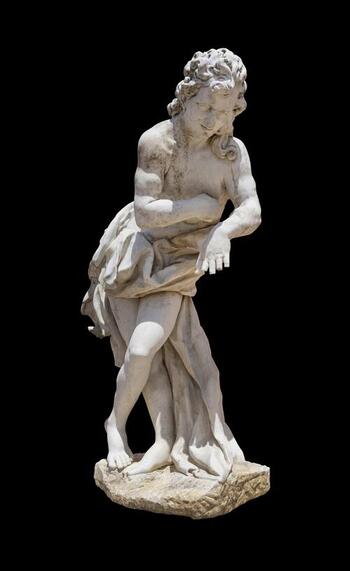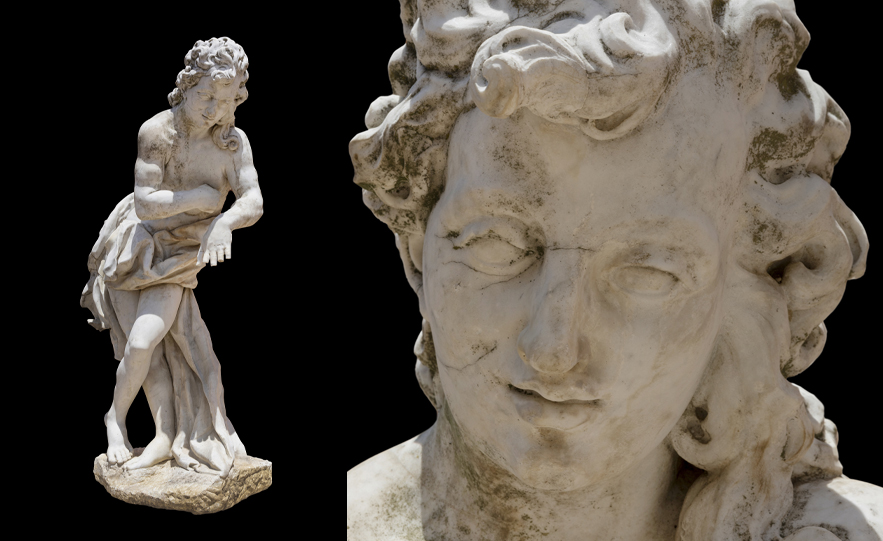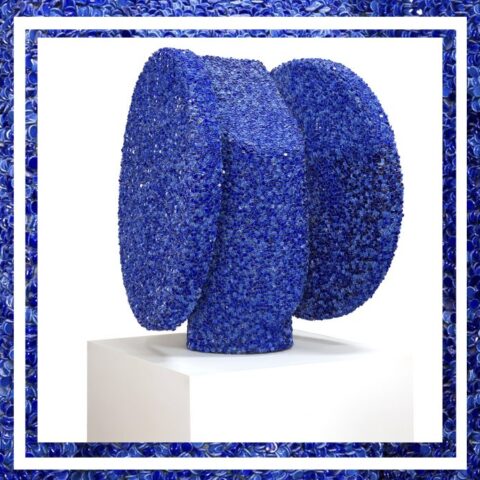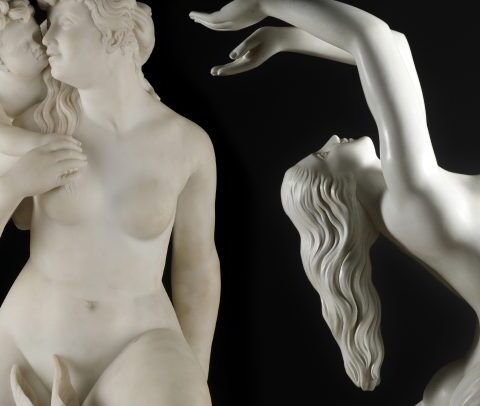The reflection of the water acts as a mirror that in a certain way distorts reality, creating an imaginary universe worthy of the best stories. That of Narcissus combines tragedy with art while acting as a moralizing example for centuries.
The beauty of youth often goes hand in hand with immaturity, vanity and pride. All these traits were present in Narcissus. His appearance was such that, according to the myth, he made anyone who looked at him fall in love. The continuous suitors who approached her ended up being equally frustrated when they received the same negative response. However, one of these rejections provoked a cruel revenge. According to two versions, the nymph Echo or the young Boeotian Aminias suffered his rejection and asked Nemesis to punish him for it. Narcissus’ beauty is taken away by himself when he sees himself reflected in water. The only feeling of love he knows is produced by his own beauty, and the desire to possess it condemns him to submerge himself until he dies.

This myth, captured in this sculpture, perfectly represents the universal opposition between Eros and Thanatos, which Sigmund Freud summarized as vitality or love and death or self-destruction, respectively. Thus, one of the most beautiful and, at the same time, most tragic moments of mythology has become a resource of art to represent a universal paradox.
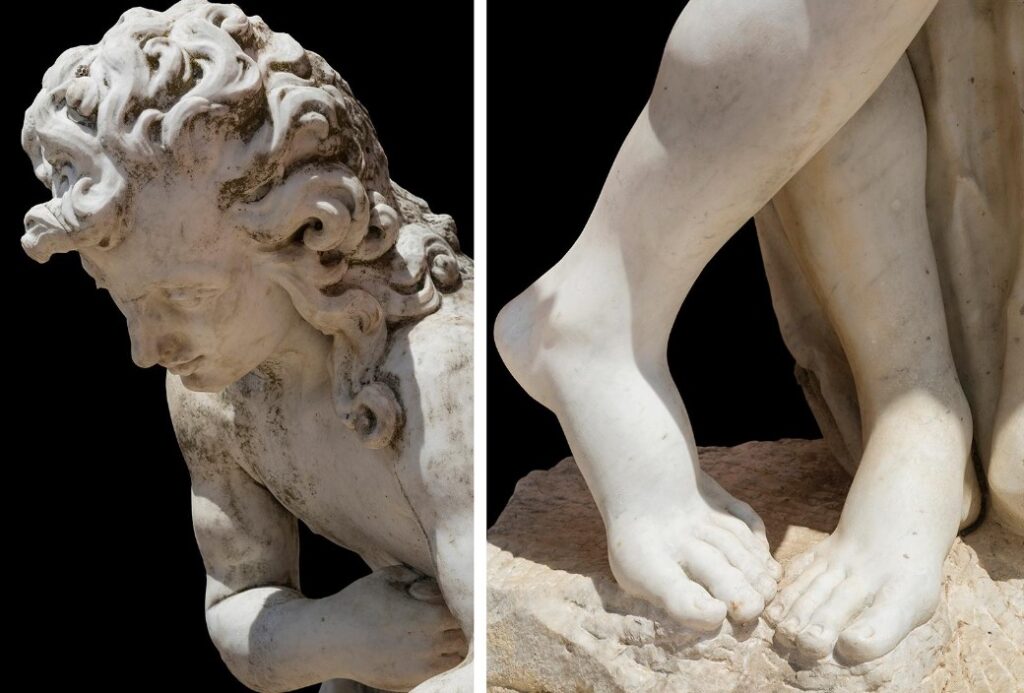
A sculpture that captures the depth of the myth of Narcissus
All of the above premises are present in the following sculpture. We can intuit how Narcissus has just been surprised by his own reflection as he approaches the crystalline surface of the water. A soft smile is sensed on her face in an echo of the innocence and happiness that good love produces. The counterbalance of the body with the inclination towards the lower part indicates that the beginning of the fatal outcome has already begun. These moments of tension grow in the viewer who stands close to the statue.
The dimensions of the work act as a barrier between the human and the divine, conferring a mystical air to the figure of the young Greek. The colossal dimensions and immortality endowed by marble seem reserved only for divinities or heroes. The cold stone acquires the texture of skin softly veiled by a cloth covering its nakedness. The author plays with the gestures of the character to show and hide the body in a display of lust and censorship that increase the expectation. It is likely that the work was part of a monumental fountain in which it would be the central part. Its position indicates the path to be followed by the spectator, keeping the water surface around him as a barrier.
This sculpture manages to captivate us once again by the idea that Narcissus represents, how love and tragedy can be elevated to eternity by art. For collectors and art lovers, having the opportunity to acquire a sculpture of this magnitude is a real privilege.
